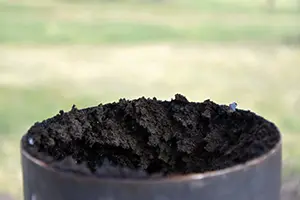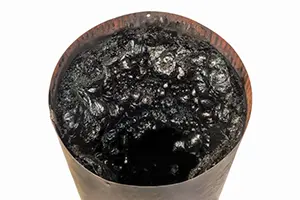
Why you should avoid creosote buildup
It’s January in Collinsville, IL. Just like the rest of the Midwest, we’re experiencing cold weather that can chill us even when we’re inside. While it’s cold outside, your fireplace could provide the refuge you need to stay warm throughout the winter months. However, it’s important to understand how to use and maintain your fireplace to avoid problems such as smoke inhalation, poor ventilation, and more. One such problem to worry about is the buildup of creosote in the chimney – here’s why it’s bad and how you can avoid it!
What is creosote?

When we burn wood in the fireplace, the smoke contains an oil called ‘creosote’ that sticks to the inside of the fireplace and the chimney flue. If your chimney flue is lined with the substance, you could be opening your home up to serious hazards. Additionally, there are three stages of buildup, and the hazards are more severe as the stages increase. Here’s some quick info about each stage:
- Stage 1 – The first stage is relatively minor, and creosote can be easily removed with a basic chimney brush as it’s mostly just flakes of soot.
- Stage 2 – This is more serious. At this stage, the buildup takes the form of hard, black flakes that contain hardened tar and are increasingly difficult to remove.
- Stage 3 – This is the most serious stage of buildup. During this stage, the creosote takes the form of a highly concentrated tar that drips down from the inside of your chimney. This is a major fire hazard, and it may be a better option to completely replace the lining of your chimney at this stage.
How to prevent creosote

With the dangers of creosote buildup apparent, it’s important to prevent this buildup to ensure a safer place to enjoy time with your family and friends around a fire. Take a look at these tips for keeping creosote buildup to a minimum.
- Avoid slow-burning fires. Smoldering wood worsens the problem of creosote buildup.
- Avoid burning fresh-cut wood. Fresh-cut wood will have a high moisture content that will produce more smoke.
- Don’t burn artificially packaged logs.
- Make sure the fire burns hot, fast, and with plenty of air.
- Have a professional clean your chimney on a routine basis.
